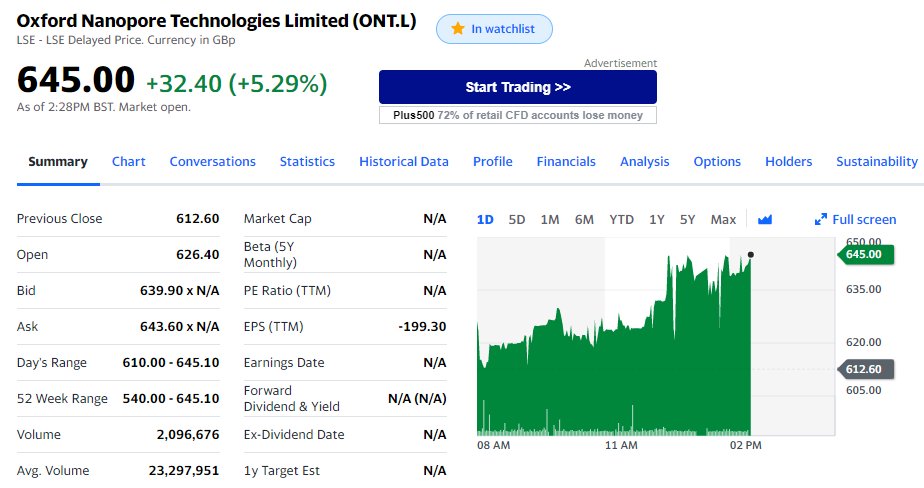
MGI Tech has given a presentation on their updated DNBSeq CoolMPS (#NGS) technology. Some highlights below:
https://twitter.com/MGI_BGI/status/1456525575363776512
Their DNBSEQ-Tx sequencing factory, with dip-immersion reagent delivery and 4 high-throughput imagers, can produce >50K WGS annually. Technology being upgraded from PE100 to PE150 (2021Q3) 

A presentation from a user shows how #singlecell 10X Genomics libraries can be inputted into the MGI machines. Small difference between FASTQ files, but tools available to transform. 

After that, then back to DNBSEQ CoolMPS technology. Main difference to Illumina is that there is essentially no Index Hopping, due to the nature of the affixed position in the patterned flowcells, and also low duplication rates. 

The CoolMPS sequencing technique is based on anibodies, with low signal loss due to "Scarless synthesis". 

• • •
Missing some Tweet in this thread? You can try to
force a refresh















